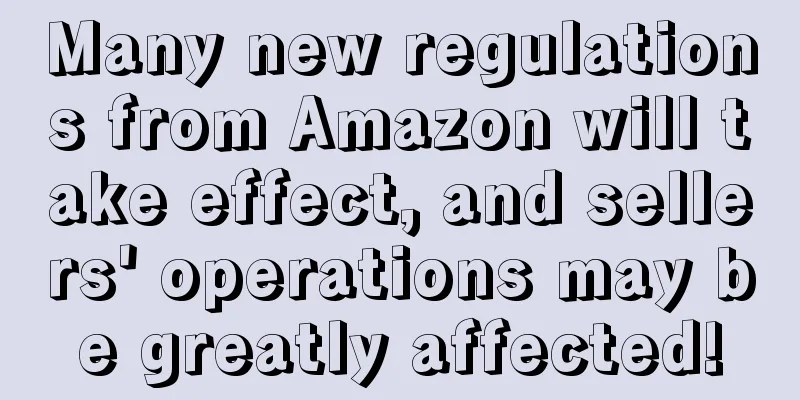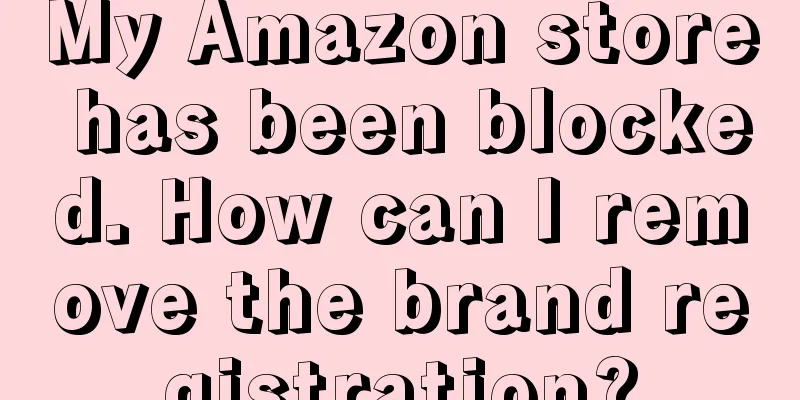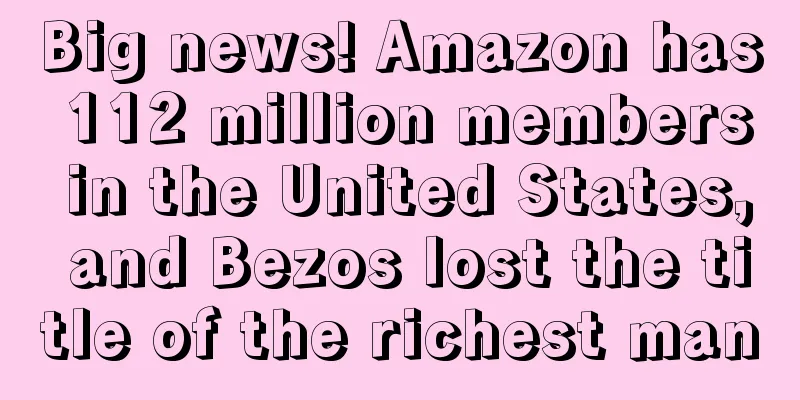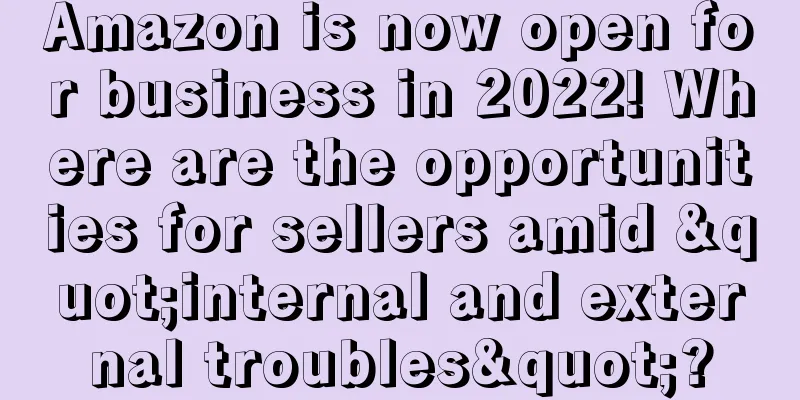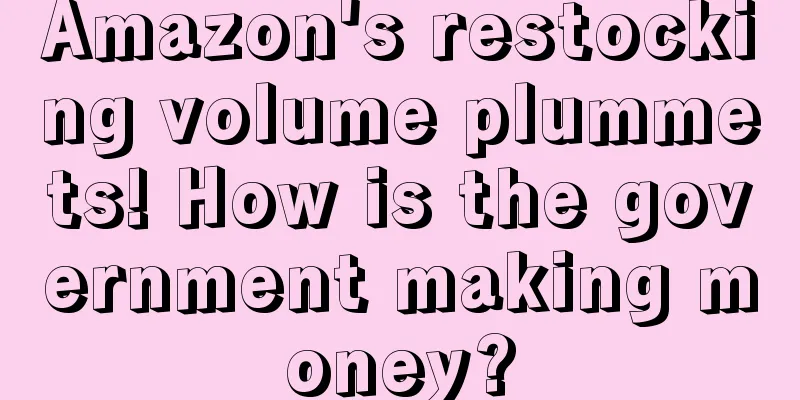|
Earlier this month, Amazon's new warehouse configuration service fee officially took effect. Although Amazon said the new policy is aimed at helping sellers optimize inventory management and improve operational efficiency, sellers have calculated that no matter which warehouse configuration option is chosen, the related costs are bound to increase. Therefore, after the new policy came into effect, many sellers were looking for ways to reduce or waive the warehousing configuration fee. However, recently, there was news in the industry that some sellers received performance notices from Amazon due to improper methods of waiving the warehousing configuration fee.
It is learned that after the new policy came into effect, the industry has reported a number of black technology operations to reduce or exempt warehousing configuration fees. One of them is to create shipments by using a bug after ERP authorization, so as to achieve the purpose of not dividing warehouses and exempting configuration fees. Recently, there was a report in the industry claiming that some accounts have received performance notifications from Amazon due to this operation, and their performance points have been almost reset to zero. In serious cases, their accounts may even be frozen. ▲ The picture comes from Zhiwubuyan Due to the wide impact, the news caused heated discussions in the cross-border circle as soon as it was revealed: "I created a shipment using ERP and tried it, but it didn't ship. Then I deleted the shipment, will there be any problems?" "Amazon's purpose is very clear, which is to make sellers bear this part of the cost. It is only a matter of time before the loophole is plugged." Some sellers were worried about receiving performance notifications from Amazon because they had also performed the same operation. Other sellers said that Amazon always likes to settle accounts after the event, and it is not surprising that Amazon will deal with illegal operations. Honest operation is the real way. However, some sellers have questioned the authenticity of this news: Judging from the performance email, it does seem like there was a problem with ERP creation, but they were told by a professional ERP service provider that it was not actually created using ERP, and currently the relevant service providers do not have services to connect to the new version of STA shipments. At the same time, the seller also mentioned that a friend of his used ERP to create a shipment and sent it by DHL, which had successfully arrived at the Amazon warehouse on the morning of March 7, and there was no configuration fee. ▲ The picture comes from Zhiwubuyan Based on this, many sellers agree with the viewpoint put forward by this seller: "ERP warehouse division and then selecting some warehouses for shipment has been around for a long time. Why is it a problem now?" “Amazon added new fees to collect money, so why would they directly give performance and then ban the account? I don’t understand.” “I have also consulted many lock-up service providers, and they all said that this operation does have risks, but as to whether it will lead to store closures, there is no clear answer yet.” However, as of press time, the source of this rumor circulating in the industry has not been verified , and Amazon has not yet responded to the above news, so the above discussion can only be used as a reference. We will continue to pay attention to subsequent developments, and if you have any relevant new information, you can also communicate in the comment area. It is foreseeable that as various new policies come into effect one after another, problems such as rising costs and increased operational difficulties will pose new challenges to sellers.
In addition to the newly added warehousing configuration fee, Amazon’s other new regulations that are about to take effect are also worrying many cross-border sellers. 1. Amazon launches new coupon rules, effective from March 12 on the US site It is learned that on March 5, following the Japanese and European sites, Amazon's US site also released a new regulation on coupon pricing requirements. According to the announcement, starting from March 12, 2024, Amazon sellers must comply with new pricing requirements when submitting coupons: Amazon said that if the price or discount of an item does not meet these requirements, it will not be eligible for coupon submission. This new regulation has also attracted widespread attention in the industry. Some sellers believe that Amazon’s new rule is aimed at restricting sellers’ means of raising prices and increasing coupons . Therefore, from the sellers’ perspective, this is not good for big sellers with high-value goods who have used coupons to attract traffic in the past. However, it is a good thing for some small and medium-sized sellers: the room for big sellers to manipulate prices will be reduced, and market prices will tend to stabilize. However, some sellers also said that from Amazon's perspective, this operation is intended to further "fleece sellers": new products cannot be discounted, nor can the price increase + large coupon model be adopted. Sellers can either lower prices or increase advertising efforts , and in the end Amazon will benefit. In addition, many sellers are worried that flash sale prices will in turn affect coupon prices. However, for now, the new regulations have not yet officially come into effect, and the specific implementation details need to be verified after they come into effect. 2. Amazon adds low inventory level fee, effective April 1 It is worth noting that in the fee update notice released by Amazon at the end of last year, in addition to the warehousing configuration fee that took effect on March 1, Amazon also added another fee item - a low inventory level fee. According to Amazon's announcement, starting from April 1, 2024, Amazon will charge a low inventory level fee for standard-size products whose inventory levels are always lower than buyer demand (inventory levels remain too low compared to sales for a long time). Specifically, the low inventory level fee only applies to products with a long-term (past 90 days) historical supply days and a short-term (past 30 days) historical supply days of less than 28 days. The historical supply days here refer to the indicator calculated by Amazon based on the average daily inventory quantity of long-term (past 90 days) and short-term (past 30 days) divided by the average daily shipment quantity of goods: - The average daily number of items in stock = salable inventory + quantity of goods delivered from the warehouse + reserved inventory (excluding unsalable goods).
- Average daily shipment count refers to the number of all units shipped from Amazon's US fulfillment network.
Bottom line: If a seller maintains more than four weeks of inventory based on product sales, the low inventory level fee is waived . In other words, starting from April 1, 2024, Amazon sellers need to pay more attention to the inventory status of the past three months and the past month to avoid falling into a low inventory or even out-of-stock situation, being charged low inventory level fees, and increasing costs. Based on this, many sellers also regard Amazon's new fees as a disguised means of increasing costs, and complained: “You have to charge money even if the stock is out?” "Thank you. Now I am convinced that I have played a role in helping my brother-in-law become the richest man." In general, both the previous warehousing configuration fee and the upcoming low inventory level fee will have a certain impact on sellers' costs. Sellers are reminded to pay attention to the effective date of these new regulations of Amazon and adjust their operating strategies in time to avoid falling into a fierce internal circulation ecology. What do you think about this? Welcome to discuss in the comment area~
|
